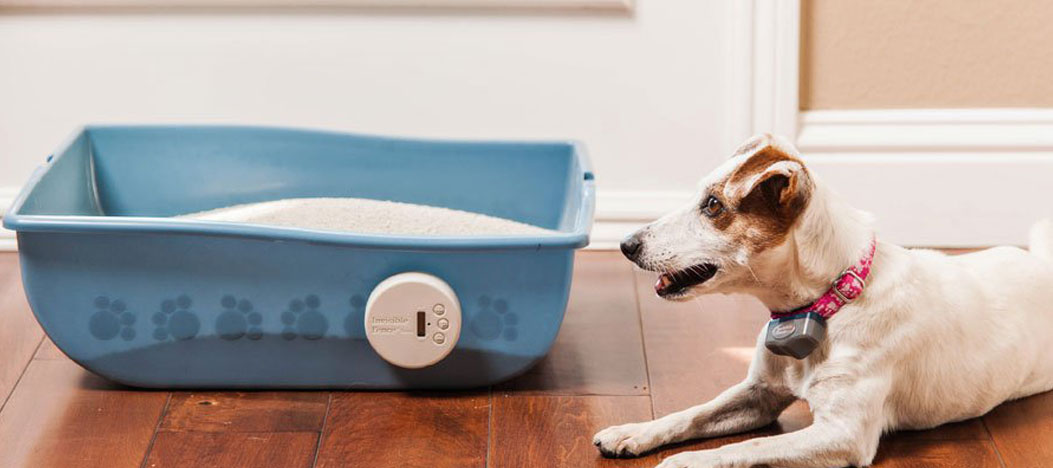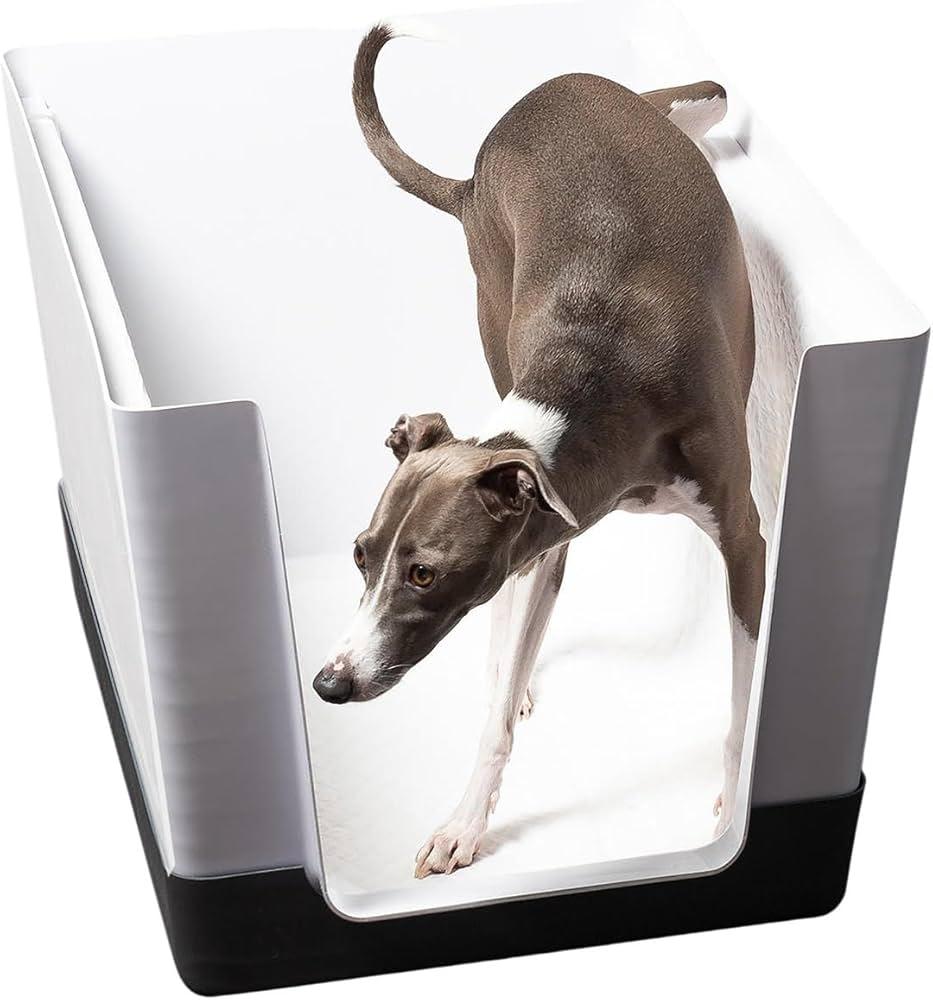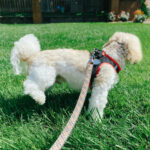As a devoted pet owner, you want to create a harmonious home for all your furry friends. However, if you have both cats and dogs, you might find yourself dealing with a frustrating dilemma: how to keep your dog out of the cat’s litter box. This unwelcome behavior can lead to messy situations and a host of health concerns for both pets. Fortunately, there are several practical and straightforward strategies you can implement to safeguard your cat’s litter area while promoting a peaceful coexistence between your four-legged companions.
In this article, we’ll explore some simple hacks that will help you keep your dog at bay, allowing both pets to thrive in their own spaces without hassle. Let’s dive into the tips that can make your home a litter box-free zone for your dog!
Table of Contents
- Understanding the Canine Curiosity That Draws Dogs to Litter Boxes
- Creating a Safe Zone for Your Dog Away from the Litter Box
- Choosing the Right Litter Box Location to Deter Your Dog
- Effective Training Techniques to Keep Your Dog Away from Litter Boxes
- Q&A
- Closing Remarks
Understanding the Canine Curiosity That Draws Dogs to Litter Boxes
Dogs are naturally curious creatures, and their innate inquisitiveness often leads them to explore the most unexpected places—like litter boxes. This exploratory behavior can stem from their strong sense of smell, which is significantly more developed than that of humans. When a dog encounters a litter box, they may be drawn in by the combination of scents from the litter itself and the waste products. For dogs, these odors can be intriguingly enticing, prompting them to investigate further. Moreover, puppies, in particular, are prone to nibbling at anything they find, as they use their mouths to learn about their environment. This curiosity can quickly turn into a habit that pet owners need to manage.
To mitigate this behavior, pet owners can take several proactive steps. Consider the following strategies to keep your canine companion away from the litter box:
- Strategic Placement: Position the litter box in areas that are less accessible to your dog, such as elevated spaces or rooms that can be closed off.
- Use Baby Gates: Installing a baby gate can help create a barrier between your dog and the litter area.
- Designate a Dog-Free Zone: Train your dog to recognize certain areas of the home as off-limits by using positive reinforcement techniques.
- Secure the Litter Box: Invest in litter boxes with lids or covers that can deter dogs from accessing the contents.
Creating a Safe Zone for Your Dog Away from the Litter Box
Creating an engaging and inviting safe zone for your dog is essential in preventing them from venturing into your cat’s litter box. Start by selecting a spacious area in your home that your dog enjoys — perhaps their favorite corner of the living room or a cozy nook by the window. To enhance this space, incorporate their favorite items: comfortable bedding, toys, and interactive puzzles. This not only offers a comforting retreat but also distracts them from the litter box. Additionally, consider using a gate or barrier to keep their designated area separate, reinforcing the idea that this is their space away from the cat’s belongings.
Introducing positive reinforcement is another effective strategy to cultivate your dog’s safe zone. Use treats and praise whenever they happily retreat to their area instead of approaching the litter box. You can set up a reward system that includes:
- Verbal praise for calm behavior in their zone
- Treats when they choose to stay away from the litter area
- Scheduled playtime in their safe zone
Choosing the Right Litter Box Location to Deter Your Dog
Finding the right spot for your litter box can significantly cut down on your dog’s temptation to investigate. It’s essential to choose a location that not only meets your cat’s needs but also makes it less accessible for your dog. Consider placing the litter box in a quieter, less-trafficked area of your home where your dog is less likely to wander. Avoid high-traffic zones like the living room or near the back door where your dog may roam freely. Also, think vertically; if you can elevate the litter box slightly or place it in a space that requires a little jump for your dog to reach, it may deter their curiosity.
Additionally, you can create a barrier to define the litter box area. This could involve using furniture, baby gates, or even decorative screens to limit access. When choosing barriers, opt for pet-safe materials that won’t harm your pets. Here are some effective strategies to consider when setting up your litter box area:
- Use baby gates to restrict access
- Place the litter box in a closed room with a cat door
- Utilize furniture like cabinets as hiding spots for the litter box
- Incorporate vertical space to make it less accessible
Effective Training Techniques to Keep Your Dog Away from Litter Boxes
Training your dog to stay away from the litter box requires patience and consistency. Start by redirecting their attention whenever they show interest in it. Use positive reinforcement techniques; when your pup remains away, reward them with treats or praise. Additionally, employing verbal cues can help establish boundaries. Consider using phrases like “leave it” or “stay” in a firm yet gentle tone, allowing your dog to understand what behavior is expected. Consistently applying these methods will help your furry friend learn to associate the litter box with boundaries rather than curiosity.
Creating a designated space for your dog can also minimize their access to the litter box. Utilizing dog gates or barriers can effectively limit their roaming area. Make sure to provide an engaging alternative, such as durable toys or a cozy bed, to keep them occupied. Here’s a simple table highlighting effective tools and strategies:
| Tool/Strategy | Description |
|---|---|
| Dog Gates | Limit access to the litter area by setting up gates. |
| Positive Reinforcement | Reward your dog for staying away with treats and praise. |
| Verbal Cues | Use consistent commands to enforce boundaries. |
| Engaging Toys | Provide distractions to keep your dog entertained. |
Q&A
Q&A: How to Keep Your Dog Out of the Litter Box: Simple Hacks for Pet Owners
Q: Why does my dog want to go into the litter box?
A: Dogs are naturally curious creatures, and they often investigate things that have interesting smells. The litter box can be particularly enticing since it contains the scent of the cat’s waste. Additionally, some dogs may be attracted to the litter itself as it may seem like a new texture or plaything.
Q: Are there any health risks for dogs that eat cat litter or waste?
A: Yes, there can be health risks. Eating cat litter can cause gastrointestinal upset, and ingesting cat waste can expose your dog to parasites and bacteria. It’s important to address this behavior to keep your dog safe and healthy.
Q: What are some simple hacks to prevent my dog from accessing the litter box?
A: Here are a few effective strategies:
- Location: Place the litter box in an area that is difficult for your dog to access, like a high shelf or a separate room that can be closed off.
- Baby Gates: Use baby gates or pet barriers to create a physical barrier between your dog and the litter box.
- Litter Box Covers: Consider using a covered litter box that your cat can enter but is more challenging for your dog to access.
- Training and Commands: Teach your dog basic commands like “leave it” or “no” to discourage them from approaching the litter box.
- Distractions: Provide plenty of chew toys and interactive play to keep your dog entertained and distracted from the litter box.
Q: Can I train my dog to stop going after the litter box?
A: Yes, training can be effective! Consistent obedience training with positive reinforcement will help your dog understand that the litter box is off-limits. Reward them when they follow your commands and redirect their attention to more appropriate behavior.
Q: What type of litter is less appealing to dogs?
A: Some pet owners have found that using unscented, clumping litter can be less appealing to dogs. Experimenting with different types might help you find one that doesn’t attract your dog’s attention.
Q: If nothing seems to work, should I consult a professional?
A: If you’ve tried several methods and your dog continues to be drawn to the litter box, it may be helpful to consult a professional dog trainer or a veterinarian. They can provide tailored advice and check for any underlying behavioral issues.
Q: Are there alternatives to using a litter box?
A: Yes! If feasible, some cat owners opt for outdoor litter areas or use potty patches specifically designed for indoor cats. However, these alternatives may not work for every situation or cat, so consider your options carefully.
Q: How can I make the litter box more appealing to my cat instead?
A: To ensure your cat is happy with their litter box, make it a clean and comfortable space. Keep it scooped daily, use a litter that your cat enjoys, and ensure it’s in a quiet area where your cat feels safe.
Q: What should I do if my dog continues to get into the litter box?
A: If your dog persists in accessing the litter box despite your preventative measures, revisit your strategies and consider consulting a trainer or behaviorist. Sometimes, modifying your dog’s environment or routine can provide a solution.
By implementing these simple hacks and techniques, you can help protect both your pets and maintain a clean home environment! Remember, patience and consistency are key when addressing this common issue.
Closing Remarks
keeping your dog out of the litter box doesn’t have to be a daunting task. By implementing these simple hacks—such as providing alternative options, creating barriers, and establishing consistent routines—you can help maintain a clean and safe environment for both your furry friends. Remember, patience and consistency are key when training your dog to respect the litter box boundaries. As you explore these solutions, take the time to observe your pets and adjust your strategies according to their unique behaviors. With a little effort and creativity, you can ensure a harmonious household where both your dog and cat can thrive. Happy pet parenting!

















